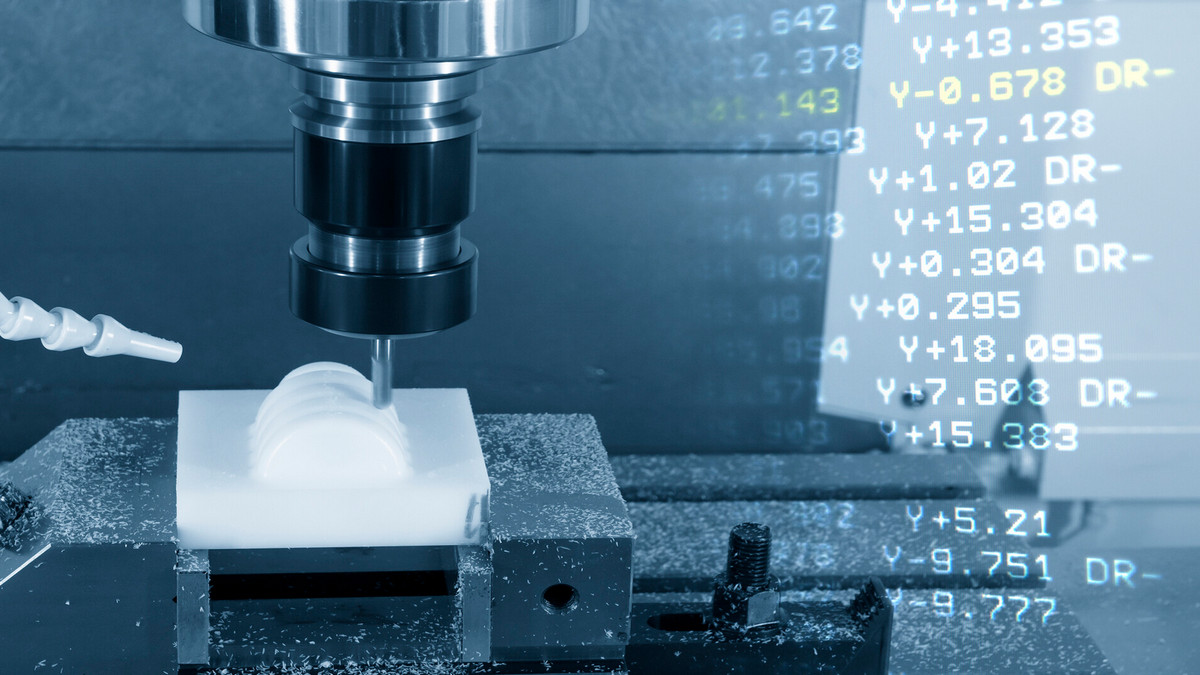In hyper-industrial era, the development of industry did not stagnate, but appeared in the form of close integration of manufacturing, service, and digital industries. Industry can only survive when it can participate in digital transformation and integrate into a new economy that focuses on use and service, and is geared towards sustainable development.”
Since the steam revolution, heavy industries such as iron and steel and chemical industries have flourished for more than 200 years. The infrastructure and hardware equipment of various countries have basically developed very maturely, and gradually break away from the model of taking industry and manufacturing as the locomotive of economic development.
Entering the 21st century where globalization, digitization, and individualism prevail, does it mean that industry is gradually disappearing, and everyone no longer works in factories, but instead uses the service sector or the Internet industry as the main appearance of the future society?
In this regard, the director of the Higher Institute of European Development and Territorial Planning (Institut des Hautes Etudes pour le développement et l'aménagement des territoires en Europe) Pierre, "We are not living at the end of the industrial age, but at the incubation stage of a new industrial society," Pierre Veltz emphasized.
You may recall that the traditional textile and apparel industry leaders used to be good at manufacturing, but today’s well-known apparel brands such as Zara and H&M have already outsourced production and maintained their competitive advantage through precise control of design, logistics and retail channels.
Velez further explained that it’s like you can’t directly classify Apple’s hardware in manufacturing because of its strong hardware manufacturing capabilities, and it’s also difficult because Apple provides users with a good digital experience, such as music, games, and mobile phones. For service items such as payment, the company is positioned in the service industry or the digital industry. The demarcation line of today's industry has become increasingly blurred.
In fact, today's industrial scope has long exceeded the scope of "factories", research parks, logistics centers, data centers, and other bases that require professional technical capabilities are the core of industrial output value.
In France, unprofessional workers account for only 2.3% of the French labor force, and the average salary per person in the industrial sector is 14% higher than the national average. The key lies in the continuous improvement of the status of the industry's job market and added value.
In other words, the development of industry did not stagnate, but appeared in the form of close integration of manufacturing, service, and digital industries. Velez called this phenomenon the "hyper-industrial" era. Industry can only survive when it can participate in digital transformation and integrate into a new economy that focuses on use and service, and is geared towards sustainable development.”
From Minimum Cost to Highest Quality, Pay Attention to Consumer Experience And Corporate Commitment
Entering the hyper-industrial era, enterprises that originally belonged to the industrial and manufacturing sectors should no longer pursue the "quantity" of production (produce more products at less cost), but should focus on "quality" (with less production) cost, make better products) to improve productivity. In the past 30 years, the reliability and diversity of products have been the decisive factors to win in the competitive market.
This is like a car from 2016 and a car from 2000. Even if the style is similar and the price is the same, the current car may have to do it: drive the car when it is not warmed up, thereby saving 1/3 to half of the fuel; There are also various electronic devices in the car to meet consumers' requirements for customization and product refinements.
In addition, a good product does not mean that consumers will pay the bill. Enterprises have to start thinking, what is the added value of goods and what services can we provide in order to make consumers recognize the brand? This is why there are countless products today that combine value-added services such as quality assurance, shopping convenience, fast delivery, after-sales service, etc. "Industry is not just about selling the object itself, but the customer experience and business it represents."
Therefore, making good use of social networks to listen to the voices of potential and existing customers, and then maintain good interaction with users, will be a key to whether companies can build brand favorability.
From Closed to Open, Create Value with Customers and Partners
In the past manufacturing thinking, customers are only buyers of products and have nothing to do with production; and in order to maintain the competitive advantage on the manufacturing side, the information inside the factory is often regarded as confidential, and it is not easy to communicate with the outside world.
But in the hyper-industrial era, companies must act as open, or at least semi-open, platforms to create value. Because through direct dialogue between producers and consumers, or involving more cross-company and cross-field partners, it is possible to make products that are more in line with customer needs and closer to customers through the process of interacting with users or partners.
There are 380,000 software developers on Apple's application platform App Store. They are neither Apple employees nor Apple's downstream contractors, but Apple holds "I open my platform to you, please provide your App, if you can succeed, then you are lucky, and I am also lucky.” The App Store is regarded as a level playing field where everyone can participate and consumers have the final say. As long as the user experience is good and the number of downloads is high, everyone can benefit from it.
Whether it is creating an industry with both manufacturing and service characteristics, incorporating customer participation into the production process, or operating a company through a platform, the hyper-industrial era seems to provide endless possibilities for development and transformation. The biggest challenge in the future is no longer who can dominate a certain industry and become a hegemon, but how to find their own position in the industrial value chain, maintain frequent interaction with the outside world, and then create the greatest value for customers.







.jpg)
.jpg)
.jpg)

.jpg)

點-m-90454917_m.jpg)
